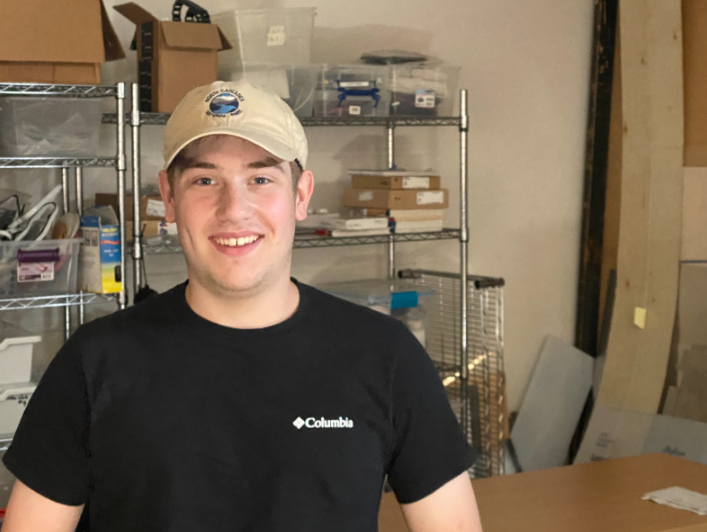In the past few years, AI generated art has seen an incredible rise in popularity. If you spend any time at all on the internet, you’ve almost definitely seen AI generated images, whether you’re aware of it or not. These images have become endemic to certain corners of the internet. The rise of these images and many people referring to them as “art” begs the question: What exactly is art? Is AI generated art art? What’s the difference?
Art is one of those concepts that cannot be easily defined, and it’s definition is hotly debated among philosophers and artists alike. Oxford defines art as “the expression or application of human creative skill and imagination, typically in a visual form such as painting or sculpture, producing works to be appreciated primarily for their beauty or emotional power.” On the other hand, Britannica defines art as “a visual object or experience consciously created through an expression of skill or imagination.” Of course, there are a range of definitions between and past these, and what one chooses to define art as can drastically change the thesis of this argument.

Let’s work backwards by dissecting AI art and then applying definitions from there. AI art is created by entering prompts into a program such as Dall-e, Craiyon, or a plethora of others. Some argue that this on its own qualifies AI art as ‘real’ art. The fact that users are able to execute their vision through prompts is enough to call AI art genuine art. AI art is also undoubtedly a visual form or experience, though the skill required to create it is more dubious.
I think that if we are taking the definition of art at face value then yes, AI generated art is, technically, art. But art is a very large umbrella term. AI is art in that it would not exist without a human behind the screen entering prompts, and these prompts can be very profound. In theory, AI generated art can be something that can evoke the same level of emotion and deep thinking as traditional art but that is yet to be seen.

Art is something that comes from human emotion, and no matter how in-depth, how specific and emotional a prompt is, a machine is incapable of feeling the same emotions we do. This is exemplified by the characteristic AI art style which is, for lack of a better word, uncomfortable. AI art is always uniform in texture, especially when depicting humans. The renderings look airbrushed and its hard to tell where one part of the image ends and another begins. Hair, skin, clothing, accessories, background, are all the same texture. This is because the algorithm behind this AI art doesn’t have the human intuition or autonomy to understand or decide where the eye of the viewer should go. Instead of highlighting the most important part of the image, the algorithm highlights everything, which in turn de-emphasizes, making the image look, well, artificial. AI art is also famously horrible with anatomy. Not just hands, but also teeth, eyes, and overall lopsided body proportions. The reason this happens is because AI art programs do not create art through the same process as traditional artists, there is no sketch, no anatomy lessons, etc. This leads me to my next point, which is that AI algorithms do not go through the same creative process as human artists. Users of AI art programs expect speed, which is somewhat antithetical to traditional art. Traditional artists go through a lengthy process which includes planning, but also trial and error. Most artists’ final product ends up looking nothing like the idea they set out to create. For example, Picasso’s Le Moulin de la Galette (1900) was found to be drastically altered and went through several different renditions before Picasso revealed it to the public (ARTnews). This process of trial and error is, in my opinion, necessary to make art. This process, the actual process of making art is full of the very emotion AI cannot replicate. Creating art is frustrating and difficult and profoundly fulfilling. Art that is truly effective and enjoyable to consume cannot exist in a perfect world. If all art came out the way it looks in our heads, we would miss out on some of the most beautiful and renowned art in history.

Whether AI art can be considered ‘real’ art is up to individual interpretation. But no matter how you slice it, it’s clear that it’s essentially impossible to recreate the full range of human emotion present in traditional, human-made art. AI may be capable of creating visually impressive or engaging images, but lacks the human intentions and creative process that are essential to making traditional art. AI art is generated prioritizing speed and efficiency rather than human engagement and depth. Ultimately, AI art may fit within the broad definition of art, but its emotional resonance and connection to the creator’s journey remain fundamentally different from traditional forms of artistic expression.











